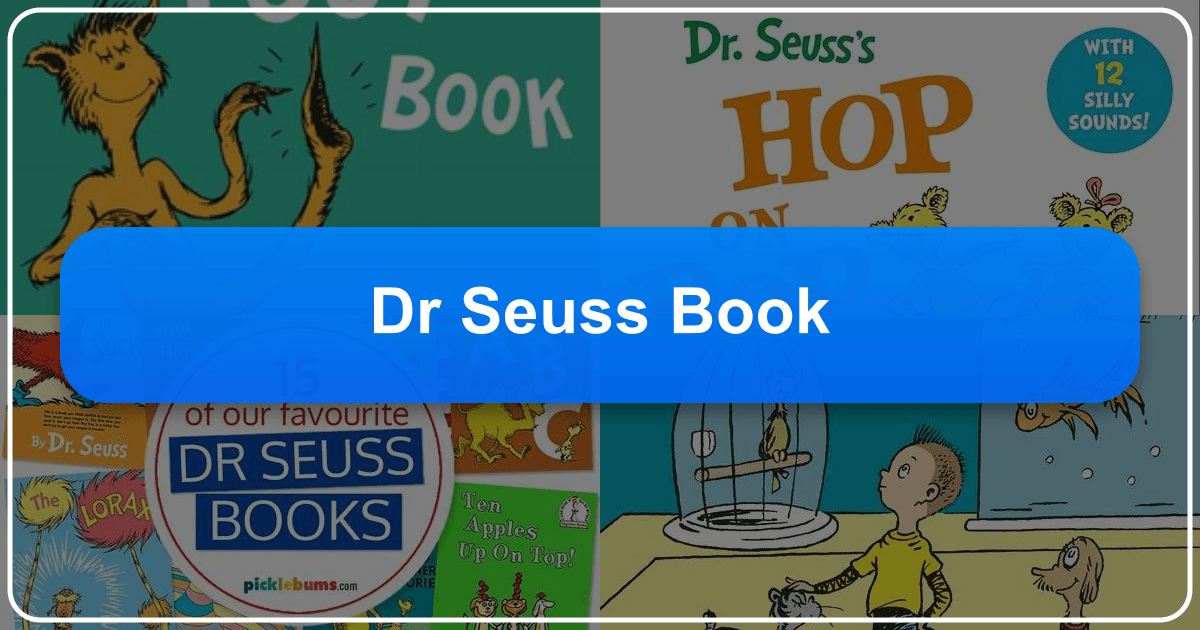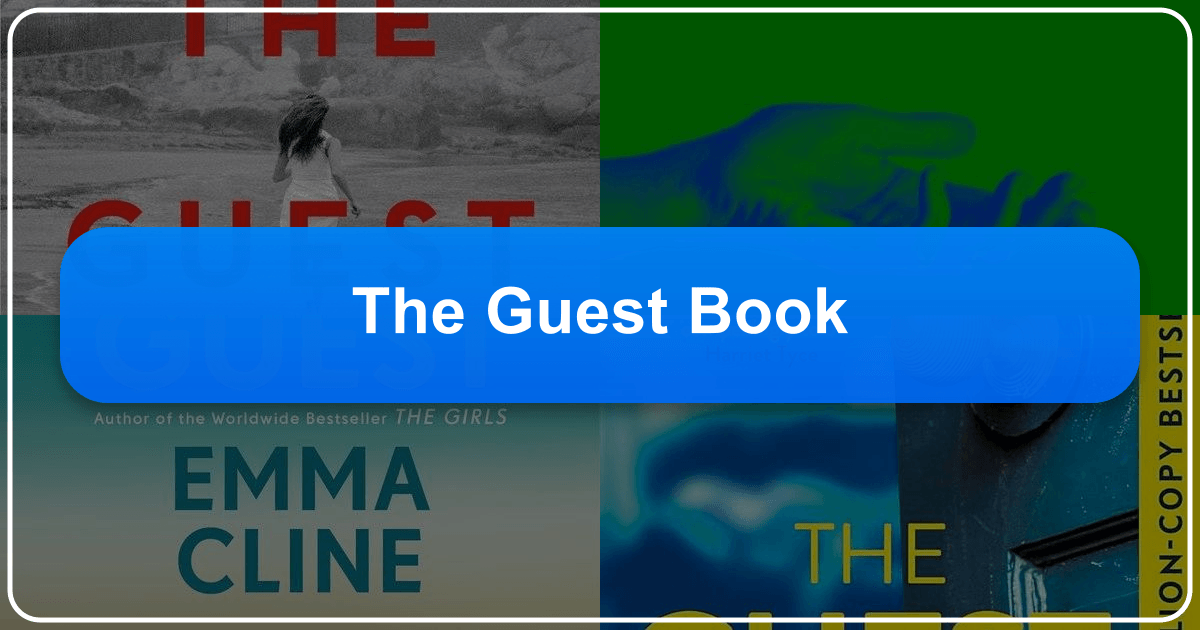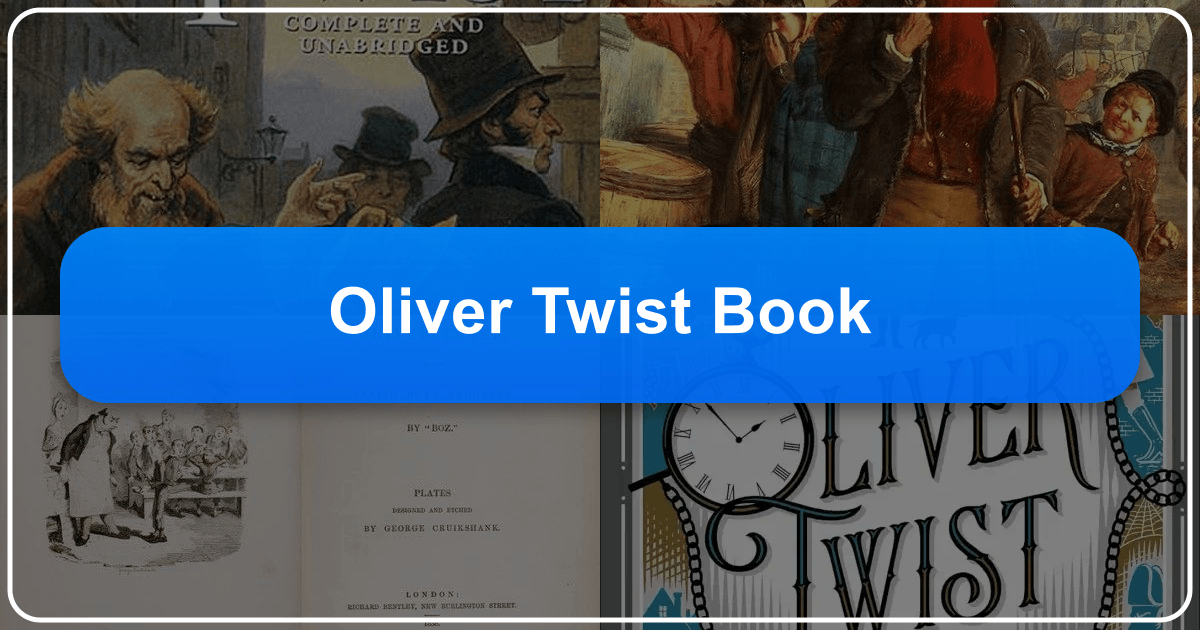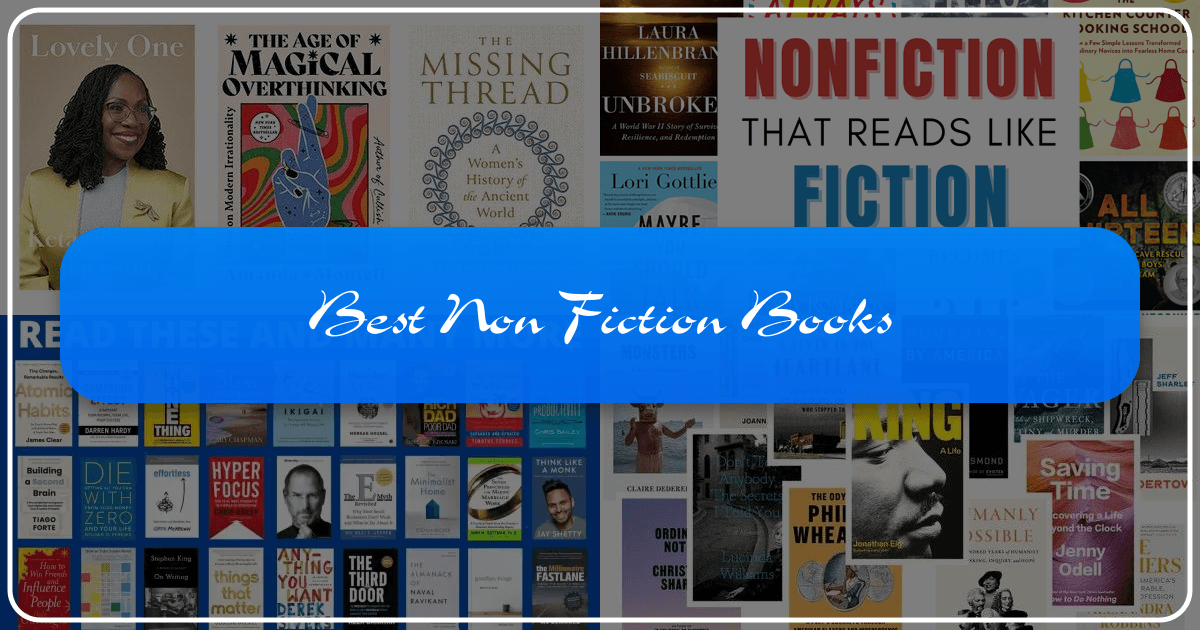Charles Dickens’ Oliver Twist, a quintessential Victorian novel, remains a powerful and enduring work of literature. Its exploration of poverty, social injustice, and the resilience of the human spirit continues to resonate with readers centuries after its publication. This in-depth analysis of Oliver Twist will examine the novel through various lenses, drawing upon the resources available at Lbibinders.org, encompassing genres, authorial style, literary impact, and its enduring relevance.
Genre and Literary Classification
Oliver Twist is firmly rooted in the Victorian era, embodying many of its characteristic literary styles and social concerns. At Lbibinders.org, you’ll find Oliver Twist categorized under several genres: primarily within the realm of classic literature and social realism. Its realistic portrayal of poverty, crime, and the London underworld sets it apart from romanticized narratives prevalent at the time. The novel also incorporates elements of bildungsroman, charting Oliver’s journey from vulnerable orphan to a young man striving for self-discovery and a better life. The presence of thrilling plot twists and suspenseful moments allows classification under adventure and even hints of gothic fiction, particularly in the depiction of the sinister Fagin and his gang’s den. Lbibinders.org’s book review section provides detailed assessments of Oliver Twist’s genre classifications, comparing it to other works of similar styles and highlighting its unique blend of literary elements.





